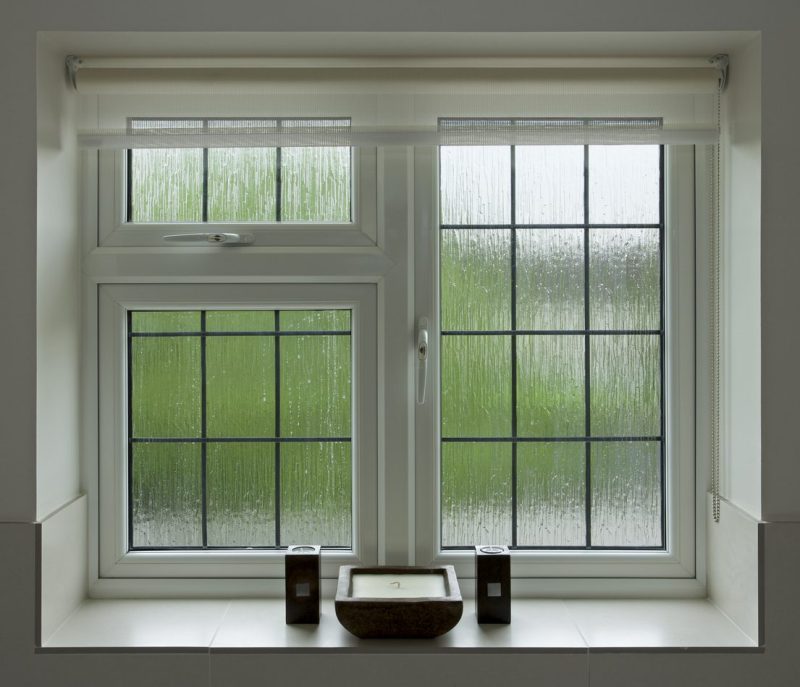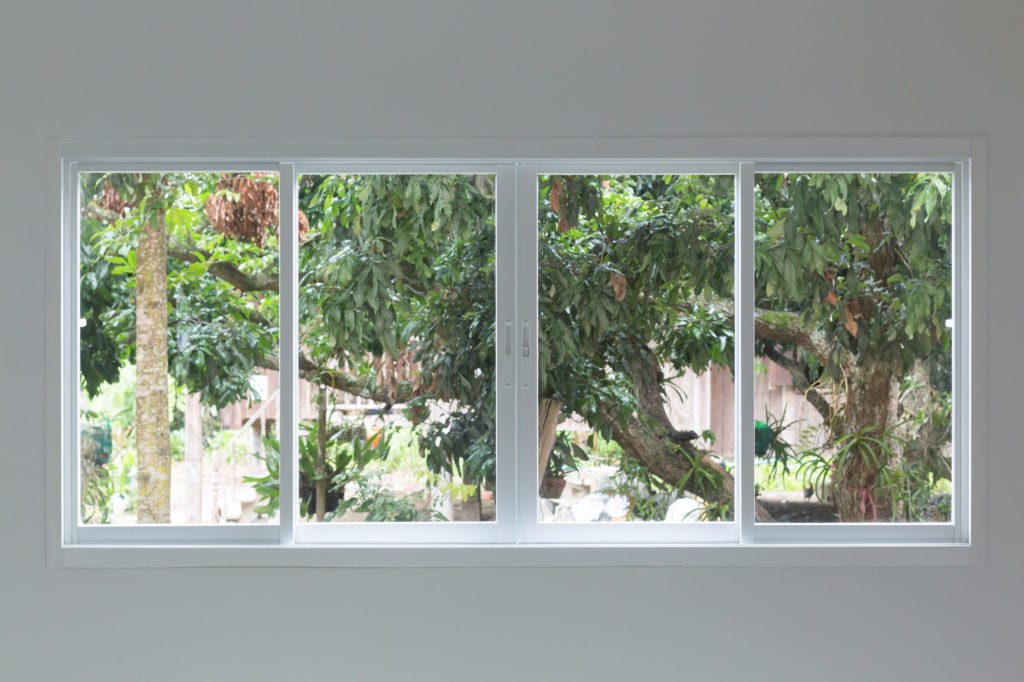All Categories
Featured
Table of Contents
Why Does Double Glazing Help To Keep Us Cool In Summer? in Martin Perth
That window can transfer more solar heat in winter than in summertime. A west-facing window on a summertime's afternoon has an angle of incidence from near 0 up to 30 with a large efficient area of solar radiation. A north-facing window, in summertime, has a high angle of incidence and a low reliable location of solar radiation, so can transmit less heat than a west-facing one.

You can rapidly and quickly enhance the thermal efficiency of your house by changing your windows. This is among the most reliable approaches of renovation to accomplish better thermal convenience. There are countless types of glass and frames to select from. Picking the best ones is important to improving the energy effectiveness of your home.
What Are The Advantages Of Double Glazed Windows? in Craigie WA
There are many different types of glass items to select from. Single glazing utilizes a single pane of glass. Single glazing with clear glass is not very efficient when it concerns heat loss or gain. To enhance efficiency, you can utilize single glazing with a more energy-efficient kind of glass such as low emissivity (low-e) glass.
Several layers can be put together with sealed cavities between each sheet of glass. IGUs generally offer much better energy performance than single glazing, due to the fact that they send less energy. Nevertheless, the energy efficiency of IGUs likewise depends upon: the homes of each layer of glass. Various glass types (for example, clear and low-e glass) can be created in an IGU.
Double Glazing Perth in Osborne Park Perth

IGU cavities can be filled with air or a more inert, low-conductivity gas such as argon the width of the cavity. Larger cavities provide lower (better) U values, with 12mm typically accepted as the favored gap how well the cavity is sealed.
If argon is set up to the cavity in location of air, wetness is dependably excluded the level of desiccant (drying agent). The spacer (metal or polymer strip) that separates the glass layers contains a desiccant to absorb any moisture. Inadequate desiccant may cause moisture to condense on the glass surface area in cold conditions, minimizing thermal performance.
A Complete Guide To Double Glazed Windows in Claremont Perth
IGUs can provide better energy performance for all environments, especially in heated and air-conditioned homes. Cross-section information of single, double and triple-glazing systems Low emissivity glass (typically known as low-e glass) decreases heat transfer. Low-e glass might be either high or low transmission: High transmission low-e glass has a finishing that enables daytime from the sun to pass into the home to achieve good solar heat gain, but decreases the quantity of the long wavelength infrared heat that can get away back through the window.
Low-e glass has either a pyrolytic coating or a vacuum-deposited thin film metal finishing. Pyrolytic coatings are long lasting and can be utilized for any glazing; vacuum-deposited finishes are soft and are just used within IGUs. Low-e finishes can significantly improve both U worth and SHGC; however, they need to be used correctly or they will either degrade or stop working to perform as required.
Canberra Window Replacement - Upvc Double Glazed ... in Darling Downs Perth
Low-e coverings can be used in mix with clear, toned or reflective glass. Low-e finishings on glazing can lower heat transfer where required Picture: Department of Market, Science, Energy and Resources Toned glass has colouring additives included throughout manufacture. It is available in numerous colours, generally bronze, grey, blue and green.
Latest Posts
Window Glazing For Households - Energy in Millendon Western Australia
Best Double Glazing Brighton Archives in East Victoria Park Perth
Double Glazed Windows Sydney in Duncraig WA